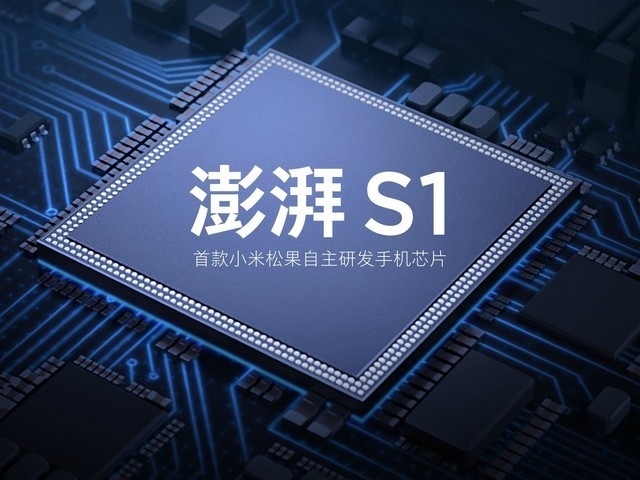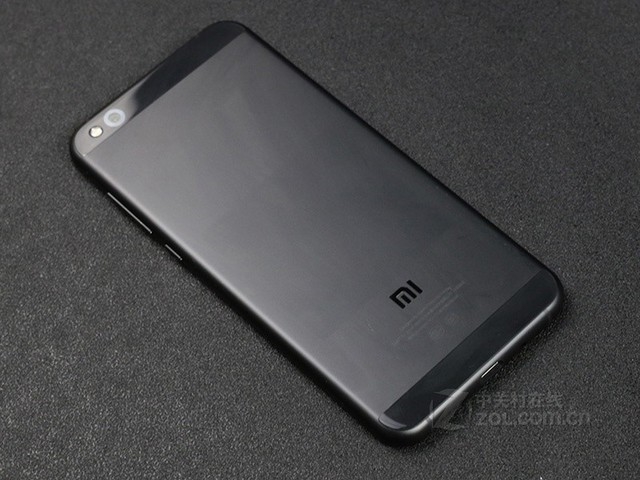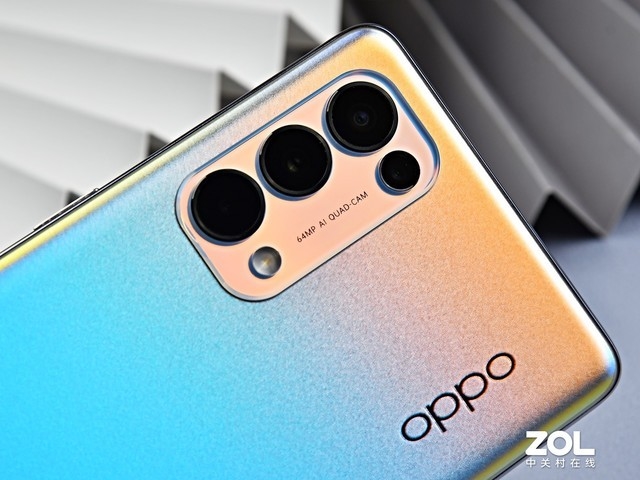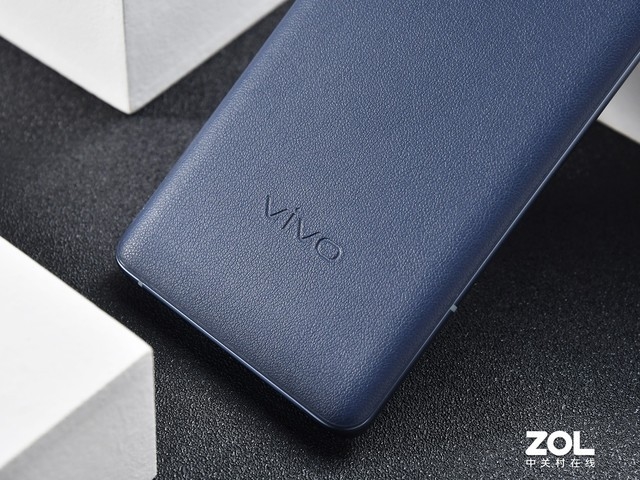In the electronics industry, developing your own chips is time-consuming, labor-intensive, and costly, but it may not be a big success.
But many manufacturers have sharpened their heads and jumped in. Why is this?
Because chip development is a core technology, Google’s search algorithm, NVIDIA’s graphics card design, and our own high-speed rail technology are all considered core technologies. It is a technology that allows you to gain unique advantages in corresponding scenarios. It has more voice and fewer potential development restrictions.
At present, there are not many mobile phone manufacturers with self-developed chips, but many manufacturers want to enter this industry.
Especially the recent appearance of Xiaomi's surging C1 and Apple's move of self-developed ARM-based chips on the Mac have pushed this topic to a new climax.
Because for major manufacturers, self-developed chips can not only reduce their dependence on others, but also become their own bright spots, stand out in a highly competitive market, and make consumers notice themselves.
Xiaomi's surging is finally "updated"
In addition to several traditional manufacturers that have self-developed mobile phone SoCs, Xiaomi should be the first brand to announce self-developed SoCs.
In 2014, Songguo Electronics, a subsidiary of Xiaomi and specialized in research and development of semiconductor chips, was established. In 2017, Xiaomi's first SoC Surging S1 was launched.

After that, although a lot of news of "Surge S2" has been circulated on the Internet, the second time that Xiaomi's self-developed chip officially appeared in the public has to be postponed to 2021, which is 4 years later-it was unveiled on March 30. Surging C1.
Surging C1 is a chip that is independent of SoC and is only responsible for processing image operations, which is the optimization of the shooting effect of the mobile phone.
Lei Jun said that Xiaomi should master the commanding heights of SoC, the core technology of mobile phones. But as we said at the beginning, the "core technology" cannot be learned by others. You have to invest a lot of manpower, material resources, financial resources and time costs to succeed.
Therefore, there is basically no such thing as “getting fat in one bite” when making chips. Xiaomi understands this, and the second chip becomes a less difficult ISP instead of integrating ISP and a large number of other components, and involves a large number of patents. SoC.

Although the surging C1 still has a strong experimental nature, it was placed on a 10,000 yuan folding screen mobile phone that was experimental in nature and did not intend to sell many units.
But this is also a step forward on the road of Xiaomi's self-developed chip, and it can indeed produce a certain effect in brand marketing.
Is Google's self-developed SoC mobile phone released this year?
It is not the first time that Xiaomi Pengpai has tried to start with image processing.
Another manufacturer from abroad, Google, which has been trying to make its own mobile phone the benchmark iPhone, also started with image processing and developed to a state where it is now fully integrated with SoC.
Xiaomi understands the meaning of self-developed chips, and Google also understands it. In the North American high-end flagship mobile phone market, the three most active brands are Apple, Samsung and Google.
Among them, both Apple and Samsung are familiar with self-developed SoC. It is worth noting that even though Apple has become a benchmark in the mobile phone industry without self-developed chips, the mobile phone industry overlord still invests heavily in self-developed chips to help it further impact the market.
The M1 chip (Mac end) that Apple launched a while ago has raised itself to a higher level in terms of technical power and brand image, which shows the importance of the core technology of the chip.
The benefits of self-developed chips to major competitors are obvious, so Google has also begun to work hard to keep up.
In 2017, Google's "Pixel Visual Core" debuted in the Pixel 2 series of mobile phones. This chip is similar to the surging C1, which is mainly responsible for camera operations and has additional AI processing capabilities.
However, the most intuitive function for users is to take pictures. This chip has obviously improved the problem of too slow HDR imaging speed of Pixel series mobile phones.
In 2018, Google continued its self-developed chip "breaking one by one" idea, not only continued to add Pixel Visual Core to the Pixel 3 series, but also inserted a "Titan M" chip specifically responsible for data security in the mobile phone.
In 2019, Google released the Pixel 4 series of mobile phones, and the previous "Pixel Visual Core" was renamed "Pixel Neural Core".
From "Visual" to "Neural", this chip has increased the investment in AI operations, including voice recognition (global real-time subtitles, recording to text, voice assistant) and graphics recognition capabilities (3D structure) Light face recognition) and so on.
Then there is the rumored self-developed SoC that the new machine Pixel 6 may be equipped with this fall. In April 2020, Google's SoC code-named "Whitechapel" was successfully taped out.
"Tampering" refers to trial production. After trial production, the manufacturer will test and decide whether to continue optimizing the chip, which is a key hurdle before mass production of the chip.
Unlike Xiaomi, Google has its own laptop ecosystem (its own operating system), which is the “netbook” Chromebook that has a high sales volume overseas.
Therefore, the stage of this self-developed SoC will not only be a mobile phone, but the familiar routine can not help but remind people of Apple.
However, Google and Xiaomi also have the same point, that is, their obsession with IoT. Google has been developing an operating system with IoT as its original intention, which has been called "Fuchsia OS" as a potential Android replacement.
Whether it is from Apple's M1 chip (including the W1 and H1 chips of the headset) or Google's potential multi-platform SoC, we can find that mobile phones are only part of the self-developed chip arena.
OPPO's "Project Mariana"
Like Xiaomi, OPPO is also a mobile phone manufacturer that has been fighting for the high-end and wants to show its technological strength.
In February 2020, an internal letter from OPPO: "Some Thoughts on Building Core Technologies" attracted everyone's attention. Because the "core technology" mentioned in this letter includes self-developed chips, which is the "Mariana Project."

In fact, the clues of OPPO to do chips have surfaced in 2017.
Later in 2019, foreign media reported that OPPO applied for a trademark called "OPPO M1" in the European Intellectual Property Office, with the words "integrated circuit", "chip" and "smartphone" written in the content of the trademark.
At the same time, OPPO also carried out the first initiative when Google was just starting its own chip research, which was to spend a lot of money to attract chip talents.
Not surprisingly, like "beginners" such as Xiaomi and Google, OPPO will also adopt the approach of launching independent chips first and then integrating SoCs.
OPPO is at a critical stage of development and must provide users with deeper value in core technologies beyond aesthetics and design.
Although there is already a VOOC flash charging technology with good reputation and double harvest in the market, the self-developed chip is obviously a more significant achievement.
Imagine that if OPPO achieves self-sufficiency on SoC, it will be easier for it to implement functions that it wants on its own products and that are more in line with the needs of the product's target users.
Instead of looking at the functions of another chip after you get another chip, you can choose it yourself.

However, the days when OPPO phones equipped with self-developed SoCs are actually used are still far away. After all, core-making is a project that requires a marathon-style investment in various resources.
Vivo also has a self-developed chip plan?
As the brand with the largest market share of domestic mobile phones in the 11th week of 2021 (data source: Counterpoint), vivo also has related rumors of self-developed chips.

In May 2020, two trademark application pictures of vivo's self-developed chips began to be distributed online. In the picture, we can see the words "chip", "smartphone", "SoC" and "chip".
Although vivo has not confirmed these news, no more rumors have flowed out in the follow-up. But we can still estimate that with vivo's current market size, mastering the core technology is a very critical matter.
If the news of vivo's self-developed chip is really confirmed, we will not be surprised.
Core making is consensus
Up to now, the top manufacturers in the global mobile phone market share are more or less related to "self-developed chips."
Either it already exists, or it is being developed, or it is spread by rumors. In short, judging from the number of manufacturers who want self-developed chips in the mobile phone industry, we can see the status of "self-developed chips" as the "technical commanding heights of the mobile phone industry".
Whether in terms of industry voice, market share, or brand recognition, manufacturers that already have self-developed SoCs have certain advantages.
From the example of Apple, we can better see that SoC R&D capabilities can even allow manufacturers to expand their business to other areas.
There was an era when there were a large number of mobile phone processor R&D manufacturers, but at that time, most processor R&D companies did not have their own mobile phone business, nor did they have sufficient experience in the design and development of mobile terminals.
Therefore, the current wave of "core-making movement" initiated by mobile phone manufacturers is an unprecedented event. Only time can give us the answer to where it will eventually go.
